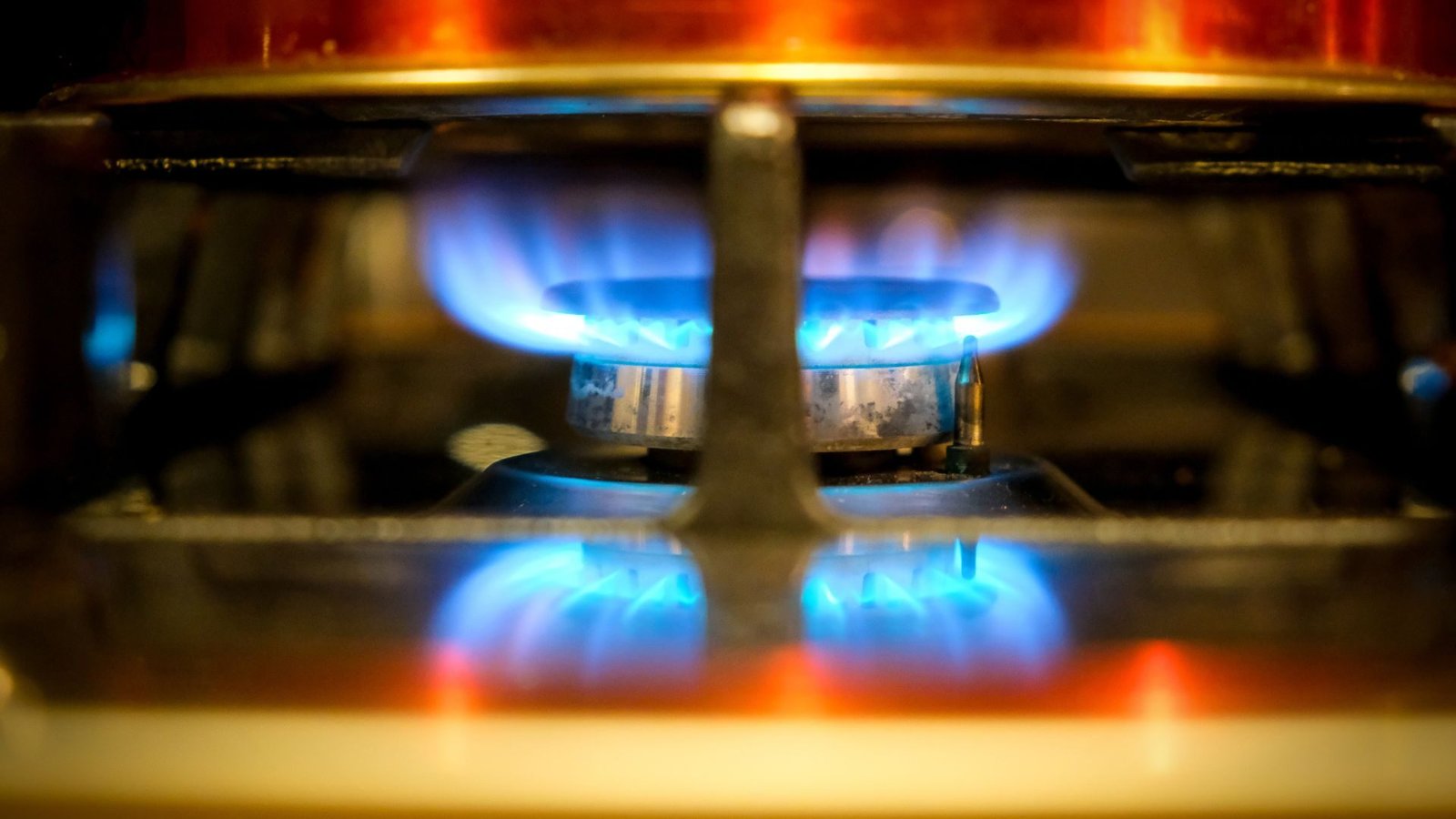By Farooq Awan
Energy costs in Pakistan have been hitting consumers hard, and the numbers are striking. Successive gas tariff hikes during fiscal years 2023 and 2024 have pushed both factories and households to rethink how they power their homes and businesses.
This reporter finds that the changes are speeding up the Pakistan gas sector’s move toward solar energy.
Government Reforms Push Prices Higher
The government raised gas prices sharply under reforms tied to the IMF program. The plan aimed to reduce Pakistan’s circular debt, but the steep increases have made gas harder to afford, pushing people to look for alternatives.
Industrial and Household Impact
According to the Pakistan Energy Market Review 2025 by Renewables First, industrial gas users saw tariffs jump as much as 193 percent in FY24. Households also felt the pinch, with bills rising up to 150 percent depending on usage.
The report explains that these hikes were meant to reflect the true cost of imported liquefied natural gas (LNG) and fix long-standing underpricing that had left gas companies struggling financially. Still, the sharp rise has affected factory production, family budgets, and overall demand.
Factories and Businesses Adjust
Industries felt the impact immediately. Higher gas bills cut profit margins and forced many factories to slow down or reduce output. Factories in Punjab and Khyber Pakhtunkhwa, served mostly by Sui Northern Gas Pipelines Limited (SNGPL), were among the hardest hit. They rely heavily on imported LNG, which makes their costs especially high. Some manufacturers have turned to hybrid and solar power systems to keep running, while others have scaled back operations to avoid losses.
Smaller businesses have also had to adjust. Shops, bakeries, restaurants, and textile units in cities have reduced gas use or invested in solar or electric heating. Many report producing less or switching partially to solar to stay competitive.
Household Struggles and Tariff Changes
Households are feeling the effect too. Urban families, who rely on piped gas for cooking and heating, have seen bills rise sharply. Those using more than 0.25 hundred cubic meters per month face increases of up to 150 percent, while smaller users saw smaller rises. Middle-income families are cutting back on gas or switching to solar water heaters and electric stoves to manage costs.
The report explains that these changes were part of a broader government effort to align domestic gas tariffs with the weighted average cost of gas (WACOG). Imported LNG is nearly three times more expensive than local gas, and by mid-2024 it made up 28 percent of Pakistan’s gas supply.
It is distributed through SNGPL and Sui Southern Gas Company Limited (SSGC). Currency depreciation and higher import costs made these price adjustments necessary, though socially and economically painful.
Long-Term Shift Toward Solar Energy
The consequences are clear. Gas use has fallen for three years in a row. In FY24, domestic use of local gas dropped by 4 percent, industrial use fell again, and power plants using gas ran at lower capacity. Fertilizer production rose slightly by 7 percent, keeping urea supply steady. Overall, the numbers show how rising tariffs and limited supply are reshaping energy use in Pakistan.
This reporter notes that the reforms were meant to make gas utilities financially stronger and reduce debt. However, one side effect has been a rapid move toward solar and electric energy.
Factories are investing in solar rooftops and hybrid systems to protect against future price shocks. The growth of distributed solar power is slowly changing how Pakistan’s gas and electricity sectors operate, reducing reliance on fossil fuels.
Governments at both provincial and federal levels are supporting the solar shift. Incentives like net metering, zero customs duty on solar imports, and low-interest financing for solar installations are encouraging people to adopt cleaner energy. But the report warns that while solar use improves sustainability, it also creates new challenges for utilities, whose revenue depends on gas sales.
The high tariffs are also adding to inflation, especially in cities. Rising energy costs increase production expenses for goods, reduce disposable income, and slow economic activity. Government efforts to balance cost recovery with social protection are still limited, as subsidies and efficiency programs are in early stages.
This reporter emphasizes that Pakistan’s gas sector is at a turning point. Long-delayed price corrections are finally showing the real cost of gas, but at the cost of affordability and competitiveness. The growing use of solar energy in homes and industry marks a major change in the country’s energy system, as consumers seek relief from high and unreliable fossil fuel costs.
Author Profile
-
Farooq Awan is a meticulous finance correspondent focused on Pakistan’s growth engines.
His reporting, driven by State Bank data, details the services sector's resilience and 3% expansion as the primary force behind GDP recovery. Awan highlights the critical role of ICT and stable policy in driving this essential economic digital transformation.





